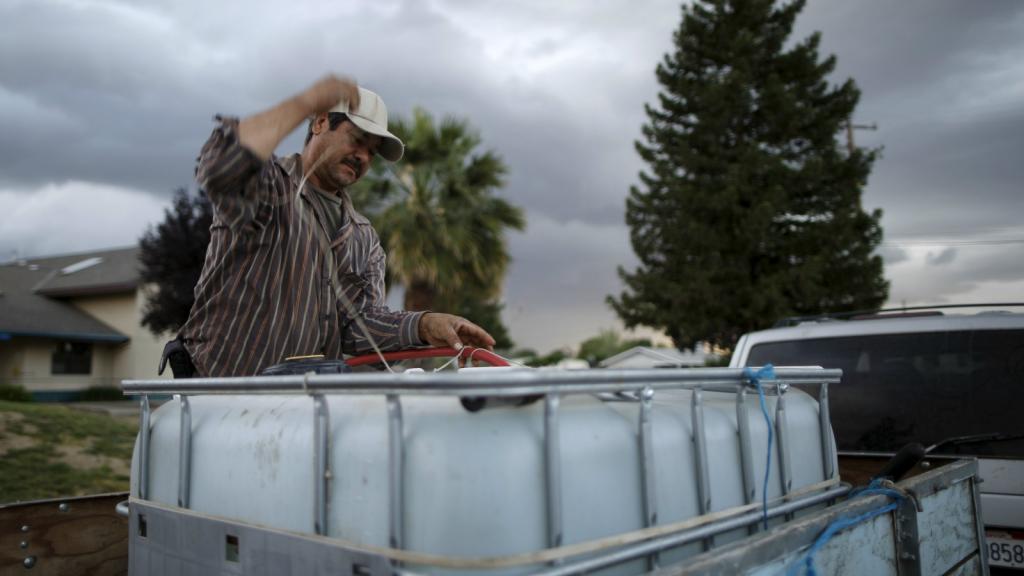What’s the difference between an artificial leaf and a solar panel? This isn’t the setup for a joke; it’s an actual question. Although believe me — that’s not for lack of trying.
The difference is that a solar panel turns sunlight into electricity, and an artificial leaf turns sunlight into fuel. (Ba dum tss!) This is an important distinction, because as much as we humans love our electricity, we’re not very good at storing it, and that’s a problem, because electricity can be as ephemeral as your college roommate’s desire to read Infinite Jest. The nice thing about fuel is that it is an energy storage device — that is, it stores the energy from sunlight in the chemical bonds of the fuel itself. This is what plants do when they convert sunlight and CO2 into oxygen and sugar (fuel), hence the term “artificial leaf.”
Another important difference between a solar panel and an artificial leaf is that you can actually buy a solar panel. Artificial leaf technology is still in research mode, but it won’t be for long if Peidong Yang has anything to say about it.
Yang, a professor of energy and chemistry at the University of California, Berkeley, is one of this year’s MacArthur Foundation “genius” grant recipients. His lab has developed a “leaf” that uses nanowires between 100 and 1,000 times thinner than a human hair to capture sunlight. Bacteria cultured among the nanowires then use that sunlight to convert CO2 into oxygen and fuels like methane and butanol.
The Los Angeles Times recently caught up with Yang to discuss the technology and his hopes for the future:
How close are you to being able to use artificial photosynthesis on a large scale?
This year, we finally came up with a first-generation, fully-functional system — and that’s after 10 years of research. We demonstrated its feasibility, but in terms of robustness and cost and efficiency, it is not close to being commercially viable.
To do basic research, we have to be patient. I’m a big believer that discovery cannot be planned. It requires support from the government and industry. It will take the work of one or two generations of talented people to solve this problem.
Do you think artificial photosynthesis can ever compete with natural photosynthesis?
We want to learn from nature, but we have to be better than nature.
It took evolution millions of years to get green plants and leaves to their current stage, but their solar-to-chemical-energy efficiency is not that high. All they need to do is make enough energy to survive. To come up with a commercially viable technology, we have to do better than that.
Is that possible?
Theoretically, it is certainly possible. In solar panels the energy conversion efficiency is above 20%, much higher than what is happening in leaves. So in terms of design, we have the advantage — nature doesn’t have silicon to use. We do.
Yang isn’t the only one working on an artificial leaf. Earlier this year, a group at Caltech demonstrated an artificial leaf that could turn sunlight into hydrogen fuel at a relatively high efficiency. Their prototype is still too expensive for the market, but it was a promising proof of concept.
OK, OK — I got it: An internal combustion engine, an artificial leaf, and a solar panel walk into a bar.
The internal combustion engine orders a Sidecar, and the artificial leaf orders a Tequila Sunrise.
The bartender looks at the solar panel. “And another Sunrise for you?”
“No, thanks. It’ll go right through me.”



